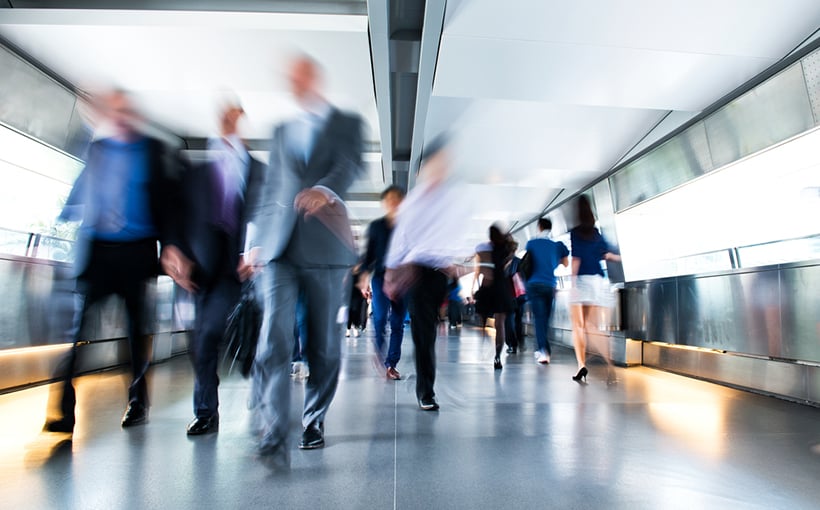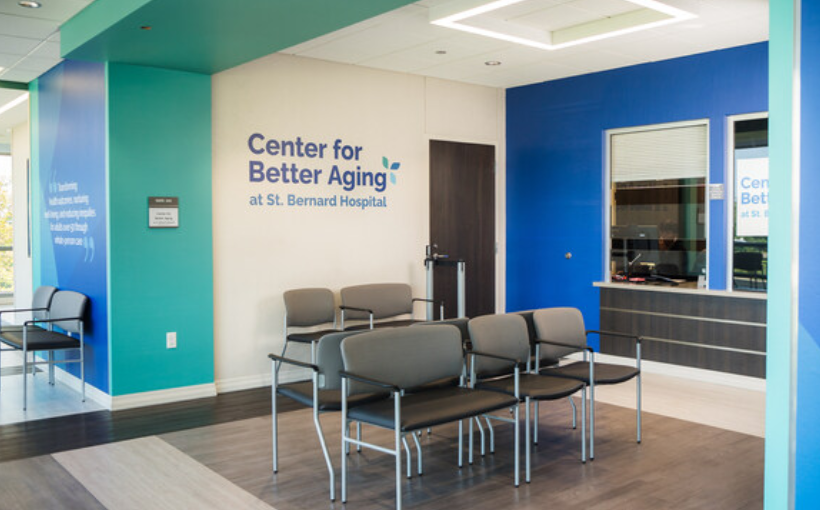In the past, employees were confined to working in dreary and uncomfortable office spaces without any say in the matter. However, as we enter a new era, workers now have more control over where and how they work due to a tight labor market and increasing demand for hybrid work arrangements. This shift is also influencing office design trends as seen in retail.
According to CBRE’s recent article on workplace trends, there is a growing emphasis on using data to inform workplace strategies across industries. Similar to the $200 billion data industry that supports retail strategy, organizations are investing in capturing employee behavior through technology.
One major trend observed is an increased focus on creating immersive experiences within the workspace – similar to what has been happening with concept stores in retail. This means designing offices that reflect their brand identity and culture while promoting collaboration among employees.
Another important aspect being monitored by both retailers and office occupiers alike is foot traffic or utilization rates – defined as how many people enter an establishment daily. However, it’s not just about showing up but also creating vibrancy within the space through engagement opportunities for employees.
To achieve this level of engagement and cultural alignment among employees requires accurate data collection methods beyond self-reporting measures currently used by organizations. As such,CBRE predicts an increase in investments towards smart occupancy management technology that can capture behavioral patterns of individuals such as workstation bookings or reminders for important meetings at the office.




